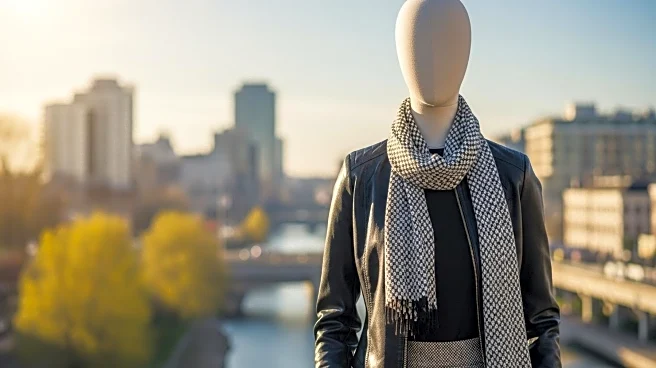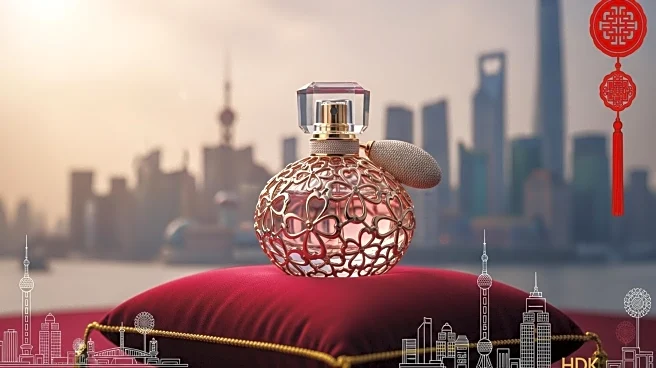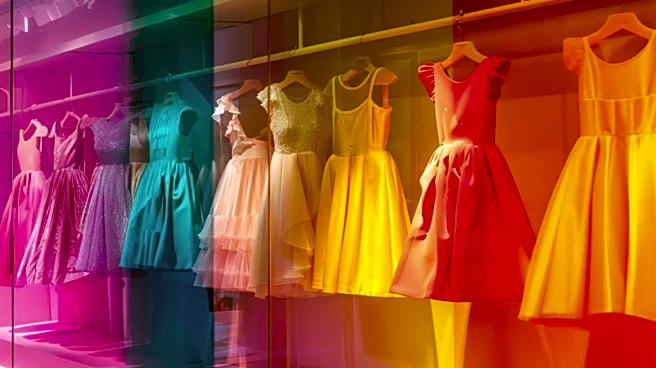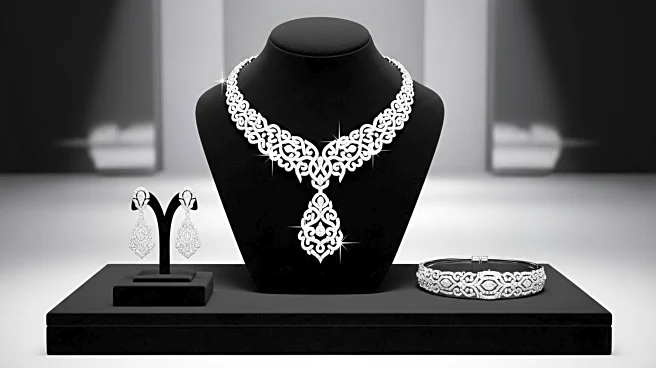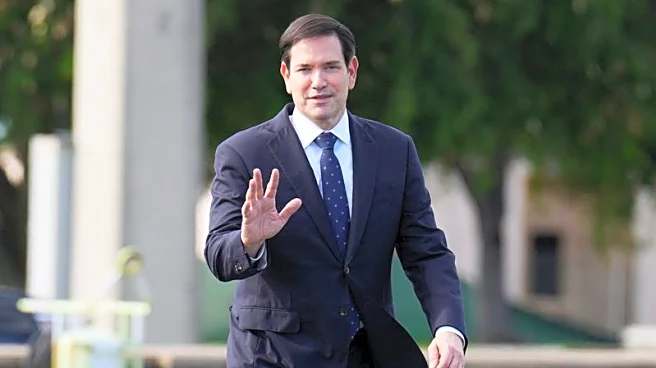What's Happening?
China's urban renewal strategy, reaffirmed as a national priority, is reshaping the fashion industry by integrating space, industry, and culture. This approach is creating new consumption scenarios, industrial clusters, and cultural empowerment opportunities. For instance, the revival of Xunpu's traditional zanhuawei in Quanzhou has transformed into a cultural economy, attracting over 20,000 visitors daily. Similarly, Beijing's 'Silver Street' blends heritage businesses with modern cultural formats, fostering a hub for young creatives. These developments are opening new avenues for fashion to embed itself in experiential economies and drive growth.
Why It's Important?
The urban renewal strategy in China is significant for the fashion industry as it provides a platform for growth and transformation. By leveraging cultural heritage and creating immersive experiences, fashion brands can tap into new consumer markets and enhance their cultural relevance. The strategy also promotes industrial clustering, which can boost efficiency and foster creative ecosystems, benefiting the entire fashion value chain. As fashion becomes a driver of industrial synergy, it aligns with broader economic strategies, positioning the industry as a key player in urban development.
Beyond the Headlines
The integration of fashion with urban renewal not only drives economic growth but also contributes to cultural empowerment. By partnering with cultural platforms, fashion brands can establish deeper connections with audiences and influence cultural narratives. This shift from traditional brand expression to generating social value highlights the evolving role of fashion in society. As luxury brands participate in urban renewal, they elevate the process from physical redevelopment to a reimagining of cultural identity and community life, showcasing the potential for fashion to shape new urban narratives.
